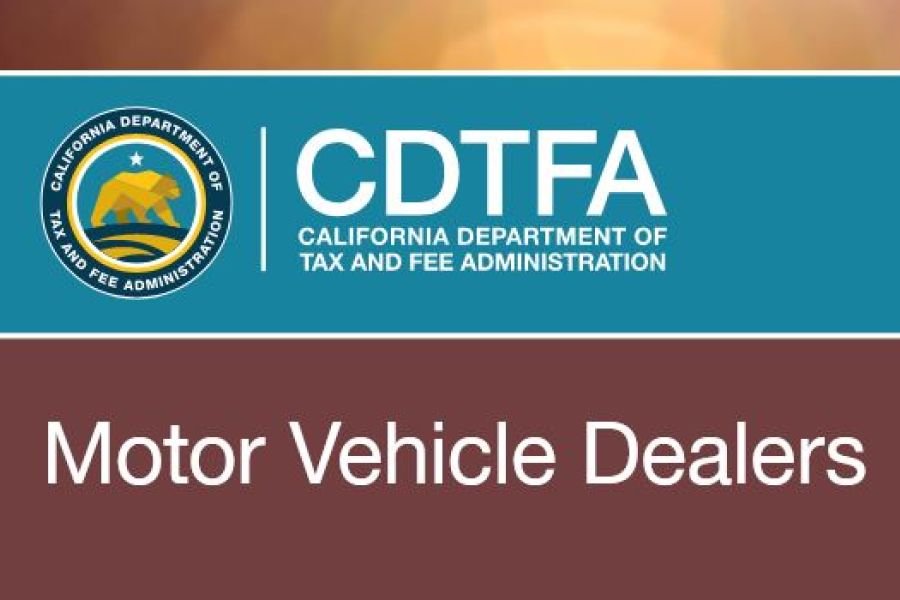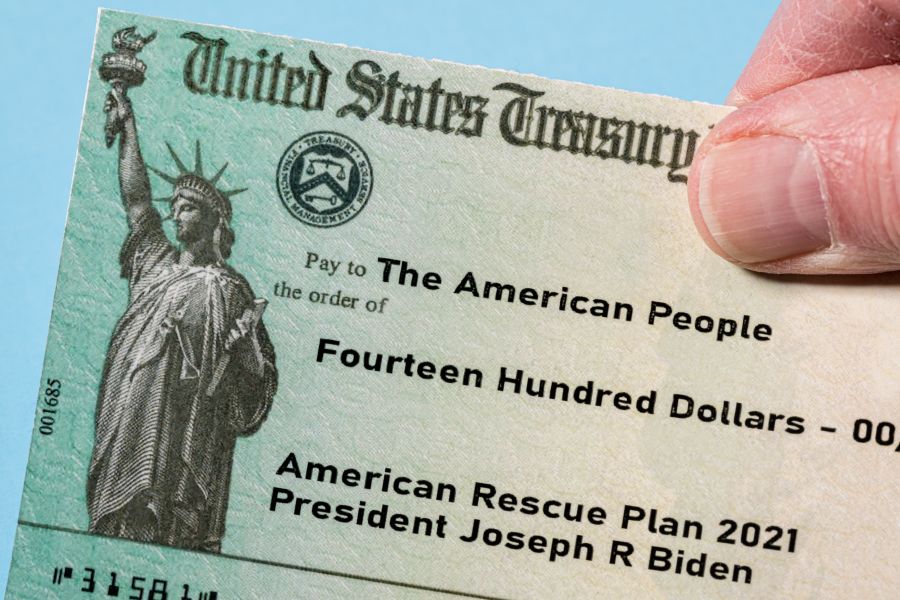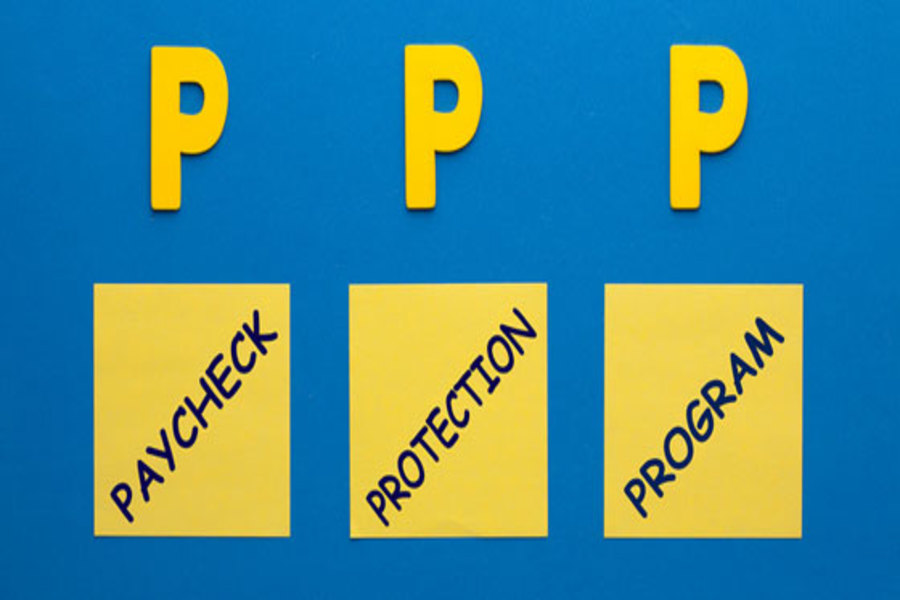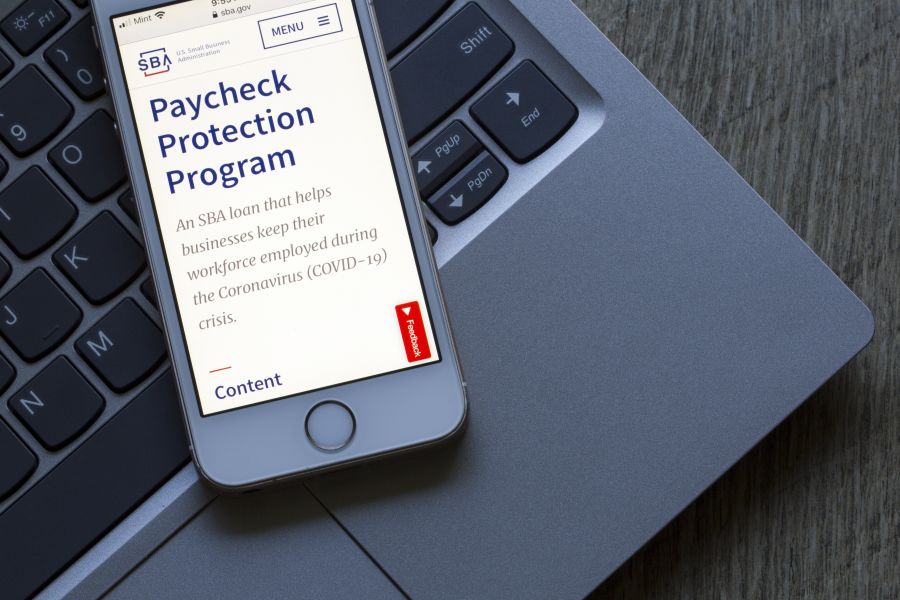Owners of incorporated businesses know that there’s a tax advantage to taking money out of a C corporation as compensation rather than as dividends. The reason: A corporation can deduct the salaries and bonuses that it pays executives, but not dividend payments. Thus, if funds are paid as dividends, they’re taxed twice, once to the corporation and once to the recipient. Money paid out as compensation is only taxed once — to the employee who receives it. However, there are limits to how much money you can take out of the corporation this way. Under tax law, compensation can be deducted only to the extent that it’s reasonable. Any unreasonable portion isn’t deductible and, if paid to a shareholder, may be taxed as if it were...

As posted to Mike Frankovich's YouTube Channel on 4/15/2021 (Run time: 8 min, 47 sec) If you're like me, you have trouble understanding why California continues to make it so difficult to engage is what is one of the most quintessential of California pastimes . . . classic car ownership. Since the smog check exemption changed from a 30 year rolling average to a set, 1975 and older cut-off back on 4/1/2005 classic car enthusiasts owning post-1975 vehicles have tirelessly petitioned their elected officials for relief. The latest California Classic Car Smog Exemption Bill, AB220, has just been amended to require collector car insurance to obtain a smog exemption on classic cars built during the years 1976-1982. In this clip Mike Frankovich discusses the assembly bill and what...
The California Department of Tax and Fee Administration (CDTFA) has updated Publication 34 (Motor Vehicle Dealers), to include 2020 legislation that, effective 1/1/2021, imposes new reporting and payments requirements on certain used vehicle dealers. The new discussion, entitled "Used Vehicle Dealers" (in the section on "Motor Vehicle Sales"), provides in part that effective 1/1/2021, certain used vehicle dealers are required to pay sales tax on their retail sales of vehicles when a vehicle registration application is submitted to the Department of Motor Vehicles (DMV). The CDTFA previously discussed these changes in California Department of Tax and Fee Administration Special Notice L-766, 11/01/2020. The CDTFA also made a number of nonsubstantive changes to the publication. Publication 34 is designed to help motor vehicle dealers understand California’s sales and...
If you have a life insurance policy, you may want to ensure that the benefits your family will receive after your death won’t be included in your estate. That way, the benefits won’t be subject to federal estate tax. Current exemption amounts For 2021, the federal estate and gift tax exemption is $11.7 million ($23.4 million for married couples). That’s generous by historical standards but in 2026, the exemption is set to fall to about $6 million ($12 million for married couples) after inflation adjustments — unless Congress changes the law. In or out of your estate Under the estate tax rules, insurance on your life will be included in your taxable estate if: Your estate is the beneficiary of the insurance proceeds, or You possessed certain economic ownership...
Are you thinking about buying or replacing a vehicle that you’ll use in your business? If you consider a heavy SUV, you may be able to benefit from lucrative tax rules for those vehicles. Bonus depreciation Under current law, 100% first-year bonus depreciation is available for qualified new and used property that’s acquired and placed in service in a calendar year. New and pre-owned heavy SUVs, pickups and vans acquired and put to business use in 2021 are eligible for 100% first-year bonus depreciation. The only requirement is that you must use the vehicle more than 50% for business. If your business usage is between 51% and 99%, you can deduct that percentage of the cost in the first year the vehicle is placed in service. This...
The American Rescue Plan, 2021 (ARPA, 2021) was signed by President Biden on March 11, 2021 to address the continuing economic impact on employers and employees the coronavirus (COVID-19) pandemic has posed. The legislation extends and expands provisions found in the Families First Coronavirus Relief Act (FFCRA), Coronavirus Aid, Relief and Economic Security (CARES) Act, and the Consolidated Appropriations Act, 2021 (CAA, 2021). This post reviews the payroll provisions of ARPA. Paid Sick and Family Leave Credits Changes under ARPA apply to amounts paid with respect to calendar quarters beginning after March 31, 2021. ARPA, 2021: Extends the FFCRA paid sick time and paid family leave credits from March 31, 2021 through September 30, 2021. Provides that paid sick and paid family leave credits may each be...
The Small Business Administration (SBA) announced that the Paycheck Protection Program (PPP) reopened the week of January 11. If you’re fortunate to get a PPP loan to help during the COVID-19 crisis (or you received one last year), you may wonder about the PPP loan tax consequences. Background on the loans In March of 2020, the CARES Act became law. It authorized the SBA to make loans to qualified businesses under certain circumstances. The law established the PPP, which provided up to 24 weeks of cash-flow assistance through 100% federally guaranteed loans to eligible recipients. Taxpayers could apply to have the loans forgiven to the extent their proceeds were used to maintain payroll during the COVID-19 pandemic and to cover certain other expenses. At the end of 2020,...
Most fraud-prevention guidance advises owners and manager to monitor employees. But what exactly does this mean? Are you legally entitled to monitor employee computer use? What about security cameras in the workspace? Can you search an employee’s desk if you suspect the person is hiding something? The simple answer is that to stay on the right side of the law when fraud is suspected, your business must be careful about invading employee privacy. Their rights Many employment laws apply to employees’ privacy rights. In general, they attempt to balance employers’ interests in minimizing losses and injuries and maximizing production with employees’ interests in being free from intrusion into their private affairs. By adopting and clearly communicating employment policies, your company can, within limits, establish its authority to conduct...
COVID-19 has shut down many businesses, causing widespread furloughs and layoffs. Fortunately, employers that keep workers on their payrolls are eligible for a refundable Employee Retention Tax Credit (ERTC), which was extended and enhanced in the latest law. Background on the credit The CARES Act, enacted in March of 2020, created the ERTC. The credit: Equaled 50% of qualified employee wages paid by an eligible employer in an applicable 2020 calendar quarter, Was subject to an overall wage cap of $10,000 per eligible employee, and Was available to eligible large and small employers. The Consolidated Appropriations Act (CAA), enacted December 27, 2020, extends and greatly enhances the ERTC. Under the CARES Act rules, the credit only covered wages paid between March 13, 2020, and December 31, 2020. The...
A 1/13/2021 U.S. Treasury Department Press Release reported that the SBA is re-opening the Paycheck Protection Program (PPP) loan portal: to small lenders on 1/15/2021, and to all lenders on 1/19/2021. Background On 12/27/2020, the Consolidated Appropriations Act, 2021 (CAA 2021) was signed into law. Containing extensions and expansions of the PPP, it provides additional funding for what has been a popular provision with many small businesses included in the Coronavirus Aid, Relief and Economic Security (CARES) Act . . . allowing eligible employers to obtain forgivable loans for certain payroll and non-payroll purposes. Important changes from the CAA include: authorizing an additional $284 billion towards the PPP, extending the PPP to 3/31/2021, and allowing for Second Draw loans for certain smaller businesses that initially received...











